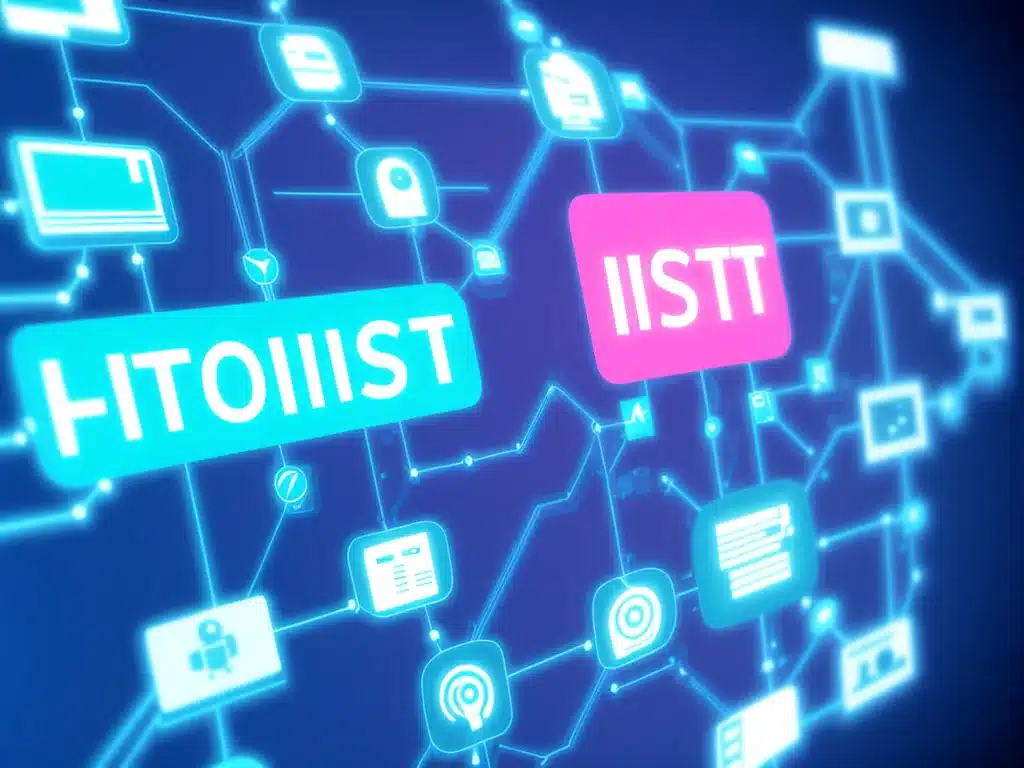How IoT Is Improving Efficiency for UK Businesses
Introduction
The Internet of Things (IoT) is transforming businesses across the UK by enabling greater connectivity, automation, and data-driven insights. As IoT adoption grows, it is driving tremendous efficiency improvements and cost savings for organizations of all types and sizes. In this article, I will provide an in-depth look at how IoT is improving efficiency for UK businesses.
Key Ways IoT Boosts Efficiency
Asset Tracking and Management
One of the most powerful applications of IoT is in asset tracking and management. By placing sensors and connectivity on physical assets, companies gain real-time visibility into the location, condition, and performance of equipment, products, and more. This allows for:
- Reduced loss or theft of assets
- Improved asset utilization
- Predictive maintenance to cut downtime
- Streamlined supply chain and logistics
For example, Trelleborg Sealing Solutions uses IoT sensors to monitor the performance of its industrial seals and predict maintenance needs. This cut downtime by 50%.
Automation and Process Optimization
IoT automates manual processes and provides data to continuously optimize operations. In manufacturing, interconnected machines and analytics tools lead to:
- Increased production speed and less downtime
- Reduced quality issues through monitoring
- Leaner supply chains
At GSK’s factory in Singapore, an IoT system cut production lead time by 60% and improved quality by reducing deviations by 84%, per Microsoft.
Energy Management
By monitoring energy consumption and automating usage, IoT helps businesses cut energy costs. McKinsey estimates IoT-driven efficiency gains could reduce commercial energy expenditure in the UK by 8-12% by 2025. Retailer Marks & Spencer uses IoT sensors to manage energy across stores, leading to a 13% reduction in gas use.
Predictive Maintenance
Sensors enable real-time monitoring of equipment health and performance data to predict maintenance needs before failures occur. This reduces costs through less unplanned downtime and fewer expensive repairs. TATA Steel uses IoT for predictive maintenance, saving £1.5 million annually.
Improved Fleet Operations
Logistics companies are using fleet tracking telematics and sensors to optimize routing, improve driver safety, and reduce fuel costs. For example, delivery firm DX Group uses IoT to monitor driver performance and vehicle diagnostics in real-time, leading to 8% better fuel efficiency.
IoT Enables Data-Driven Decision Making
At its core, IoT is about using data from connected devices and assets to derive actionable insights. This information helps businesses identify issues faster, make data-driven strategic decisions, and improve operations through ongoing monitoring and analytics.
For instance, retailers can optimize staffing based on real-time store traffic data, while manufacturers can spot production inefficiencies using sensor data. The ability to collect and analyze real-time data from across the organization is essential for competitiveness.
Key Industry Examples
Here are a few examples of UK businesses leveraging IoT to drive major efficiency gains:
-
Rolls-Royce: Uses sensors on jet engines to analyze performance and optimize maintenance schedules. This reduced maintenance costs by 10%.
-
Thames Water: Implemented leak detection sensors across its pipe network, enabling it to prevent 295 million liters per day in water loss.
-
Network Rail: Uses track sensors, drone monitoring, and other IoT tech to detect faults earlier, improving safety and service reliability.
Challenges in IoT Adoption
While IoT offers tremendous potential, some key barriers exist:
-
Security risks – Connected devices increase vulnerability to cyberattacks. Strong security is essential.
-
Interoperability issues – IoT uses diverse protocols and standards. Integrating various devices, networks and platforms remains challenging.
-
Data management difficulties – Effectively storing, analyzing and deriving value from huge volumes of IoT data is difficult.
-
Unclear ROI – Quantifying the return on investment from IoT initiatives remains difficult for some firms. Demonstrating value is key.
Conclusion
In summary, IoT is driving enormous efficiency improvements for UK industry leaders across sectors like manufacturing, transportation, energy and more. The most impactful applications include predictive maintenance, asset tracking, process automation, energy optimization and data-driven decision making. While IoT adoption faces some barriers, its benefits are too substantial for businesses to ignore. IoT is fast becoming an essential backbone enabling organizations to reduce costs, maximize productivity, and make smarter decisions.













